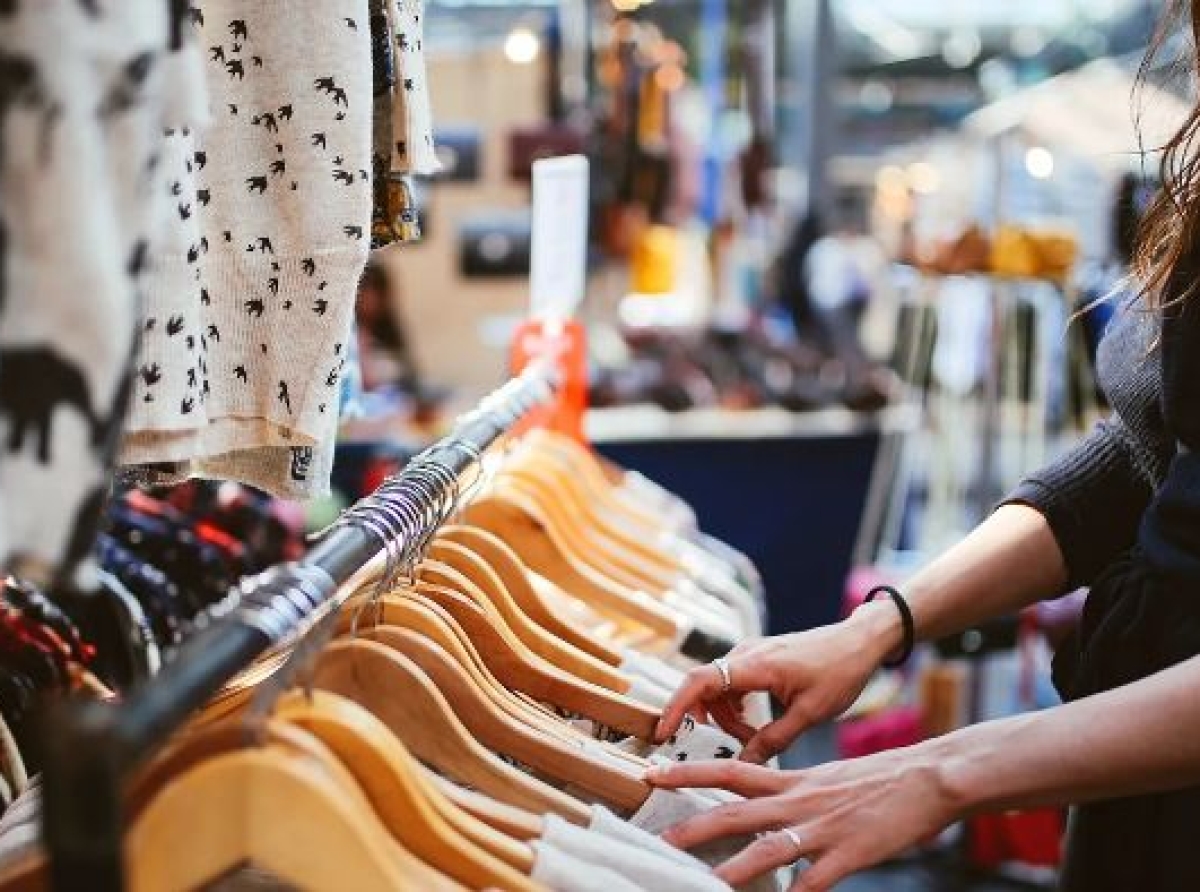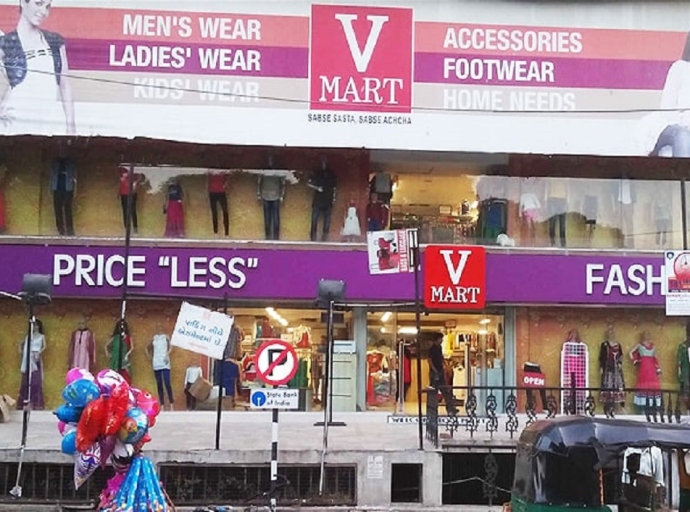10 October 2022, Mumbai:
Consumers are generally getting more brand sensitive as more and more fashion labels are launched as we advance into the era of technology and consumerism. In today's highly regulated marketing environment, the brand name sells more than anything else. The brand gives the individual individuality and defines them.
It imparts a distinct identity and a feeling of fashion to the customer. Consumers just want to be on top of every single trend/agenda, and the brand label meets these needs. As a result, brands are growing more competitive to get a larger market share with superior products.
If a product is part of a brand that dominates the market and is seen as more attractive, people don't mind spending a few dollars more on it.
After all, a good brand's image becomes a part of its own, and who wouldn't want to capitalize on that? Numerous new companies have emerged due to the growing consumer attitude, but thus yet, only a select handful have achieved success.
Citing quick references is some of the marquee names likes of fashion retailers Armanis, Versaces of the world, and so on. They have impacted how we view fashion over the years through their development, advancement, and influence on customers' lives. These companies revolutionized the concept of fashion and altered current fashion trends.
With their evolving marketing strategies, Indian garment manufacturers are actively positioning themselves to march within the global apparel industry. Branding is one marketing tactic that expands the target market, and this period of branding is exploding among many producers.
A brand is a unique feature given to a product to set it apart from competing goods or manufacturers.
According to the American Marketing Association, a brand is any name, phrase, sign, symbol, or design, alone or in combination, that is used to distinguish and set apart the goods and services of one seller or group of sellers from those of rivals.
India's textile and clothing sector is characterized by radical innovation, moving markets, developing supply chains and distribution methods, and a gradual transition toward ethical and sustainable production.
However, a closer look at the evolving trade landscape is a common psyche called hand that cradles is global. Given this consumer perception and preferences from early on in the Indian fashion sector which was predominately designed, created, and dominated by MNC brands across let us say apparel space.
Success factors
Notably, quite a few global brands brought in their existing western models to the Indian market, or aspiring Indian challenging brands too had temptations to copy-paste, western models, to cash in on low-hanging fruits.
A case in point is Arvind Mills making a powerful foray into RMG introducing the American brand, another case was bringing in Allen Solly brand’s Indian license procured by Madura is a classical example in the same direction.
Nonetheless, there is anecdotally a case for Indian brands to excel and take on global brands one such player is Zodiac having etched a strong name and stature introducing well-constructed/engineered shirts to the discerning Indian consumer. Another interesting case is the homegrown brand Manyavar placed in celebration wear in true spirit an Indian story which sustainably is poised to dominate.
No-brainer Brands ruling the roost still in smart casual or sportswear categories are Tommy Hilfiger, Nautica, GANT, and quite a few others. While these brands are seen as smart casual or sportswear brands.
Pulse check
A good number of instances are the big ticket forays of The European biggies such as Inditex Zara, H&M, and Ikea have had a kick-start & have a promising future ahead. But all is not hunky dory for global brands cases like Carrefour, which have failed to impress upon the consumer/could not get their business models right here.
Another factor in the background playing out is changing landscape of market share shift of ‘offline stores’ & modern retail which as per trade data is 8% or thereabouts and that of e-tailers merely 3% going forward say by 2025. Whilst conventional retail channels of distribution pie hold the remainder lion's share constituting 82% of gross merchandise of the Indian consumption basket.
Innate potential
The potential for this second-largest business in the world to quadruple its current 5% share of global commerce over the next five years is enormous. India's strengths include traditionally produced textiles and natural fibers, where it ranks first in the world for cotton production and second for polyester and silk.
The success of any brand aspiring to be a global brand is to crack the consumer conundrum and broader understanding of the local market and granularity.
A nuanced anecdotal informed ‘first-hand’ deliberation & interaction with local acquaintances in any geographical piece/nationality is not a sufficient condition to chalking out an entry strategy that may merit a closer watch at the space tapping the opportunity presenting itself for them.
Latest Publications






























